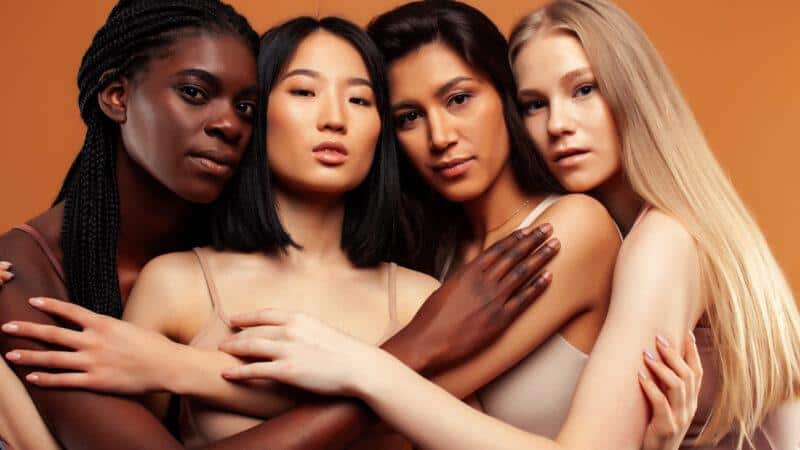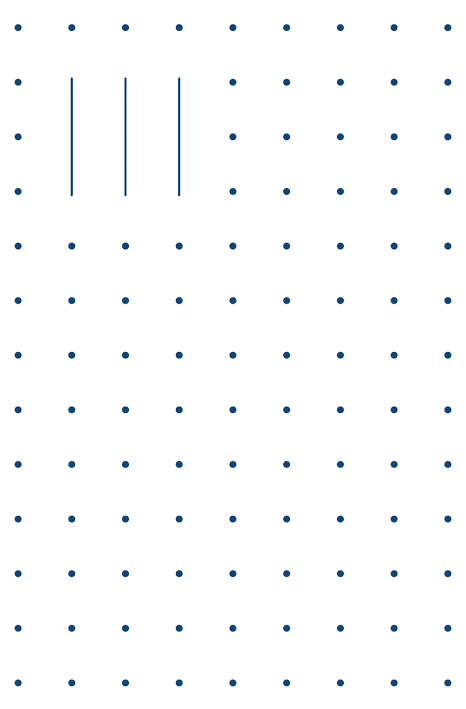
Learn The Different Hair Structures & Compositions that Determine Hair Types
Understand the different types of hair based on their structure and composition and get expert hair restoration advice and treatments at Bangkok Hair Clinic.

Understand the different types of hair based on their structure and composition and get expert hair restoration advice and treatments at Bangkok Hair Clinic.

Understanding hair’s varying structure and composition is key to choosing the right products and styling techniques. This knowledge is critical to effective hair care and restoration. At Bangkok Hair Clinic, we tailor our hair transplant surgery and treatment plans to align with the specific needs of your hair type, ensuring optimal health and growth.
Let’s learn more about hair structure, explore the various hair types, and discuss how our clinic can assist you in growing a full head of healthy hair.
Hair is much more complex than it may appear. Its structure is a primary factor in determining its appearance, behavior, and overall health. Each strand of hair consists of three main layers:
Cuticle: The outermost layer is made up of overlapping cells that resemble shingles. This layer protects the inner layers of the hair.
Cortex: This is the middle layer which provides strength, color, and texture to your hair.
Medulla: The innermost layer or central core is made up of a spongy, soft tissue and is known for giving the hair its volume and body. It is usually only present in thick hairs.
Variations in these layers significantly affect hair’s physical properties, such as elasticity, curl pattern, and susceptibility to damage.
The composition of hair affects its appearance and texture and determines how it reacts to environmental factors and treatments. Hair is composed of keratin and proteins that provide hair with strength and elasticity. As such, damaged or depleted keratin can lead to brittle, weak hair. Healthy hair also requires a balance of natural oils or lipids and moisture, which determines hair texture and strength.
Genetic makeup plays a fundamental role in determining your hair type, influencing everything from color to curl pattern and thickness. Understanding your hair type is essential in selecting the right care regimen and styling methods:
The cuticle layer tends to be tighter and more closed, which is why straight hair often appears sleek. Its structure is typically resilient, with a round cross-section that allows oils to coat it evenly. Straight hair usually has a higher sebum production, contributing to its shiny appearance. However, straight hair is prone to oiliness, so it benefits from regular cleansing and lightweight moisturizing products that won’t weigh it down.
Wavy hair is between straight and curly, with a slight curve or S-shape. This type of hair typically has a slightly less tight cuticle layer than straight hair, which can make it less oily. Its structure allows for moderate moisture retention while still reflecting a fair amount of light, giving it a lustrous appearance. The looser cuticle means wavy hair can be prone to frizz, especially in humid conditions. To enhance wavy textures and control frizz, use hydrating conditioners and styling products that define waves without stiffness.
Curly hair has a distinct S or spiral shape, with a more oval or flattened cross-section. It usually has an uneven cuticle layer with tighter curls and a more oval or flattened cross-section. This structure makes it less efficient at distributing scalp oils, which can leave the ends dry and fragile. As a result, the lack of natural oils reaching the ends and the tighter cuticles make curly hair prone to dryness and breakage. Deep conditioning, hydrating treatments, and anti-frizz products can help maintain its shape and health. It also benefits from less frequent washing to preserve natural oils.
Coily hair has a tightly coiled or zigzag pattern, making it the most fragile hair type. It features the tightest curls with the most flattened cross-section of all hair types, which obstructs oil distribution along the hair shaft. The structure of coily hair makes it highly prone to moisture loss, causing dryness and brittleness, which leads to damage. Intensive moisture treatments, gentle handling, and protective styling are crucial to maintain its health and prevent breakage.

Recognizing your hair type is crucial, especially when considering hair restoration options. At Bangkok Hair Clinic, we offer expert solutions that cater to the diverse needs of all hair types. Our specialists are equipped with advanced technologies and a deep understanding of hair structure and composition based on years of experience. This expertise allows us to address and treat various hair loss concerns effectively.
We provide personalized treatment plans that consider your specific type of hair, ensuring you receive the most appropriate treatment. We tailor our hair restoration strategies, including hair transplant surgery, to work effectively with your hair’s unique protein and moisture balance, ensuring that results look natural and beautiful. Based on your hair’s keratin levels and natural oil production, we recommend specific products and care practices to maintain your crowning glory.
Learn from the specialists at Bangkok Hair Clinic the best way to care for and restore your hair. Schedule your consultation today.